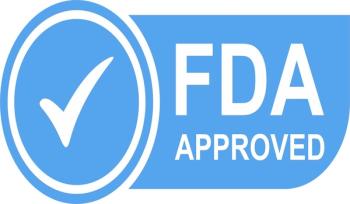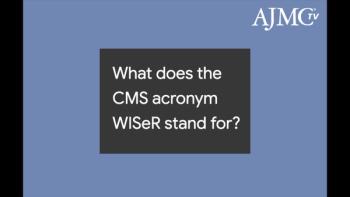
5 Findings From the December 2019 Issue of AJMC®
The December issue of The American Journal of Managed Care® (AJMC®) included studies on out-of-network cost sharing, unhealthy alcohol use, patient health literacy, and more. Here are 5 findings from research published in the issue.
The
1. Health plans bear nearly all costs of new HCV medications
As new direct-acting antivirals have become the standard of care for hepatitis C virus (HCV) in recent years,
The authors did not observe financial savings for the health plan resulting from curing HCV infection with the new drugs, but they noted that this may be due to the short 2-year study period. “Given that the average membership duration is about 2 to 3 years in most commercial health plans, financial benefits following cure of HCV infection by new DAAs…might not be realized during the enrollment span of most members receiving treatment,” they wrote.
2. Knowing the difference between preventive and office visits may be important for satisfaction
About two-thirds of
The results suggest opportunities to further educate patients on what type of care is covered, which could help increase their satisfaction with their insurer and encourage more regular utilization of preventive care. According to the authors, “If patients continue to be confused or even scared that they will be charged for a healthcare visit when they should not be, population health will likely be slow to improve.”
3. Patients with unhealthy alcohol use more likely to be prescribed benzodiazepines
Despite the dangers of concurrent use of benzodiazepines and alcohol,
According to the study authors, the observed patterns may be because patients with unhealthy alcohol use are more likely to use multiple abusable substances, but they or their clinicians limit their dose and duration to avoid the impairment associated with simultaneous alcohol and benzodiazepine use. They concluded that “concomitant benzodiazepine and excessive alcohol use among primary care patients should receive increased vigilance, and health system—wide efforts to reduce this potentially lethal combination should be considered.”
4. Utilization, spending compared across varying levels of financial risk
Analyses showed few differences between the commercial ACO and the Medicare comparison group, which may be due to a higher degree of churn among the ACO patients. Still, the authors wrote, “our results overall support CMS’ efforts to transition Medicare reimbursement away from traditional fee-for-service.”
5. Rising patient cost sharing for out of-network care, especially for nonemergent hospitalizations
Cost-sharing payments for out-of-network (OON) care are gaining attention, with
The study authors raised concerns about the financial burden imposed on patients by OON cost sharing. They recommended several policy fixes, including notifying patients of provider network status at the point of care and ensuring network adequacy in commercial plans, and concluded that “health plans that leverage networks to lower costs must be balanced with the potential need for broader consumer protections.”
Newsletter
Stay ahead of policy, cost, and value—subscribe to AJMC for expert insights at the intersection of clinical care and health economics.















































